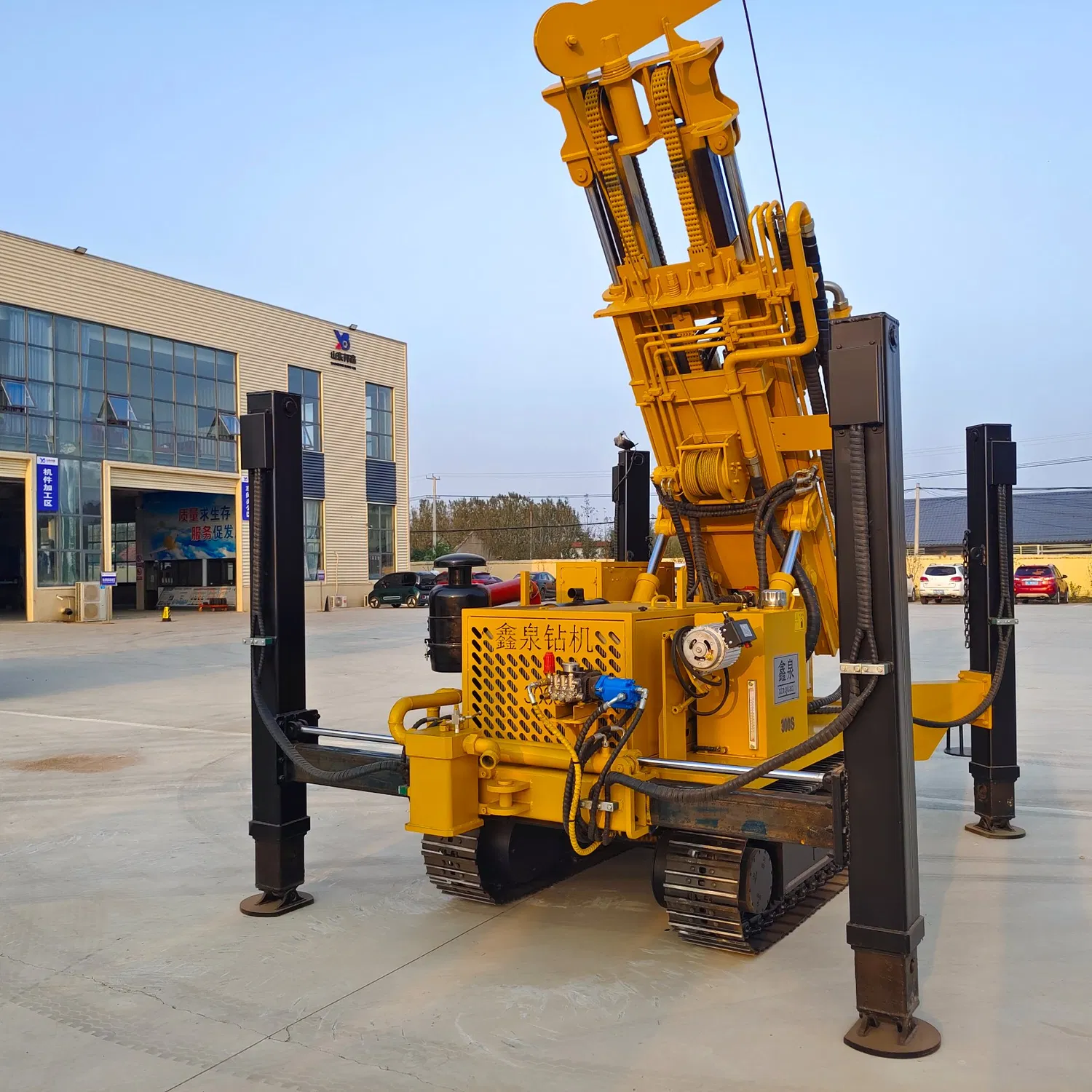What Are the Main Types of Water Well Drilling Rigs?
Q: I’m new to water well drilling and want to understand the different types of rigs available. What are the main categories, and how do they differ?
A: Water well drilling rigs are categorized based on their drilling methods, portability, and power sources, each designed for specific geological conditions and project scales.
First, rotary drilling rigs are the most common. They use a rotating drill bit to cut through soil and rock, often with a mud pump to circulate drilling fluid (mud) that cools the bit, removes cuttings, and stabilizes the borehole. These rigs are versatile, handling everything from soft soil to hard rock, making them ideal for residential, agricultural, and commercial projects.
Percussion (or cable tool) rigs are older but still useful for certain applications. They work by repeatedly lifting and dropping a heavy drill bit to pound through rock and compacted soil. They’re slower than rotary rigs but excel in rocky terrain where rotary bits might struggle. They also use less water, making them suitable for arid regions.
Auger rigs are simpler, using a large helical auger to dig through soft soil, sand, or clay. They’re lightweight, portable, and often mounted on trucks or skid units, making them popular for small-scale residential wells. However, they can’t penetrate hard rock.
Directional drilling rigs are specialized for drilling at angles or horizontally, useful when surface access is limited (e.g., near buildings or environmentally sensitive areas). They allow wells to reach water sources that vertical drilling can’t access.

 Giàn khoan Bangxin
Giàn khoan Bangxin